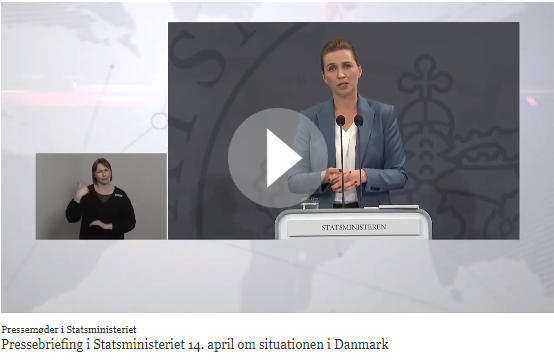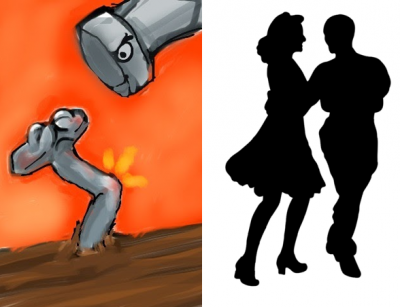Reading Time: 3 minutes read

Camilla Stoltenberg is the director general of the Norwegian Institute of Public Health (NIPH), the Norwegian governmental agency that works within the fields of infectious disease control, epidemiology, and related areas. This agency currently plays a pivotal role in advising the Norwegian government, so that politicians are best able to make informed policy decisions. Keeping track of international research findings in a fast-moving field is therefore of paramount importance for the NIPH, as is communicating these results to policymakers so that their decisions may be based in solid, research-based knowledge.
In an April 2020 interview with Stoltenberg, we read “But she is curious about the influence one article published in a popular science channel many have had on policymakers in Norway and other countries“. The particular article referred to is “Coronovirus: The Hammer and the Dance”, written by a self-described ex-consultant with both an MSc in Engineering and an MBA. The text was published online on Medium, where anyone can publish opinion pieces. Not all stories are fact-checked.

The article itself is a 29-minute read, full of charts and bullet points—to be honest, a bit of a slog to get through. But the crux of its argument is certainly compelling. The proffered solution to the corona crisis is the ‘Hammer and Dance’ strategy. First, we need to apply a ‘hammer’, using all measures to beat down the virus. Then as these measures ease, we can start to ‘dance’ with the virus to control its spread.
This metaphor, which has clearly caught the attention of leading members of the Norwegian national government, has not gone unnoticed by international metaphor researchers either. Under the hashtag #ReframeCovid on Twitter, two researchers from the University of Lancaster are currently mobilizing metaphor experts around the world to contribute to a list of examples of non-war metaphors used in connection with different aspects of the corona crisis—many of which may offer more inspirational, less aggressive perspectives.
The ‘Hammer and Dance’ metaphor first made its appearance on the #ReframeCovid list in reference to Denmark, where the Danish prime minister used it a press conference on 14 April 2020 to justify her taking hard measures at first, followed by a gradual reopening of society.

An effective metaphor, no matter the provenance, may affect public policy around the world. In this way, it can reach your home and directly impact on your life as well—regardless of whether that metaphor is grounded in verified scientific findings.
To my mind, policy should ideally be knowledge-based, rather than based on an image primarily because it communicates well. Stoltenberg’s question is therefore apt. Have policymakers employed the ‘Hammer and Dance’ metaphor when determining policy, or only afterwards to help explain their rationale to the public?
Read more about #ReframeCovid and how you can contribute here.
